There zeolite it is a mineral mostly of volcanic origin, which in recent years has been widely used in organic farming. It is actually more correct to speak of zeolitesin the plural, as we are dealing with a large family of minerals. It is a substance used in agriculture that has important physical and chemical properties that make it excellent for various uses. The abilities of this mineral can improve the natural defenses of plants, in order to fight against fungi and parasites. Furthermore, it can be used directly on the ground, to improve its chemical and physical conditions.
In this article, we see what zeolite is and what benefits it brings to agricultural fields.
What is zeolite
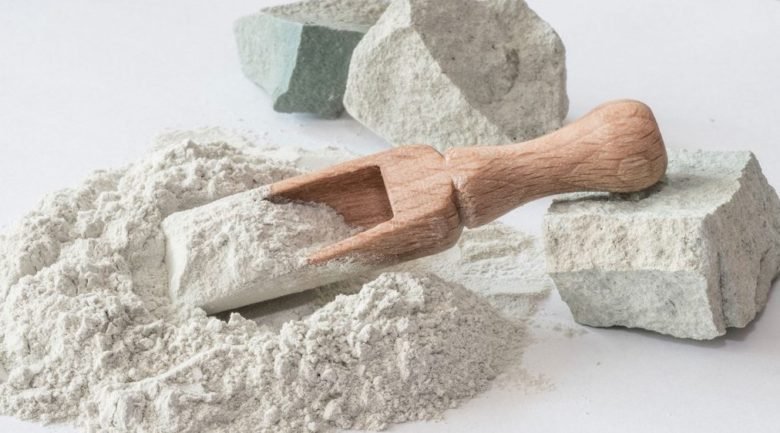
Zeolites are porous crystalline silicates with a complex crystallographic structure that gives rise to specific molecular pores. They are extracted from rocks of volcanic origin, since the deposits are formed thanks to the deposits of sedimented lava. It is also possible to find them in sedimentary rocks of marine origin, so they are also present in all oceans. The name comes from the Greek and means boiling stone and comes from the ability of this mineral to swell with heat. In addition, they are famous for their high ion exchange power and reversible dehydration. In nature there are 46 types of different origins. In general, the minerals in this family are hydrated aluminosilicates and have alkaline and alkaline earth metals.
The mineral structure
Zeolites have a structure made up of interconnected cavities occupied by large metal cations (positively charged ions) and water molecules. In other words, they have one three-dimensional tetrahedral structure in which each oxygen atom is shared by two tetrahedra. If all the tetrahedra contained silicon, the structure would be neutral; the replacement of aluminum with silicon creates a charge imbalance and requires the presence of other metal ions in large cavities of the structure. In naturally occurring zeolites these metal ions are usually mono or di-valent ions such as sodium, potassium, magnesium, calcium and barium.
The cavities formed by the units of the structure have diameters ranging from approximately 2 to 8 angstroms. This allows for easy movement of the ions between the cavities. The ease of movement of the ions and water within the structure allows for reversible dehydration and the exchange of cations.
Uses in agriculture
The chemical and physical characteristics of zeolites translate into the agricultural field in the ability to “trap” various elements in its cavities and release them gradually into the ground. The type used in agriculture belongs to the series group chabazite or chabasite. Many also use the series clinoptilolite or Cuban. The formats in which the two series are sold are: granular and micronized. Both products are available in different formats and formulations (which you can find here).
The granular zeolite
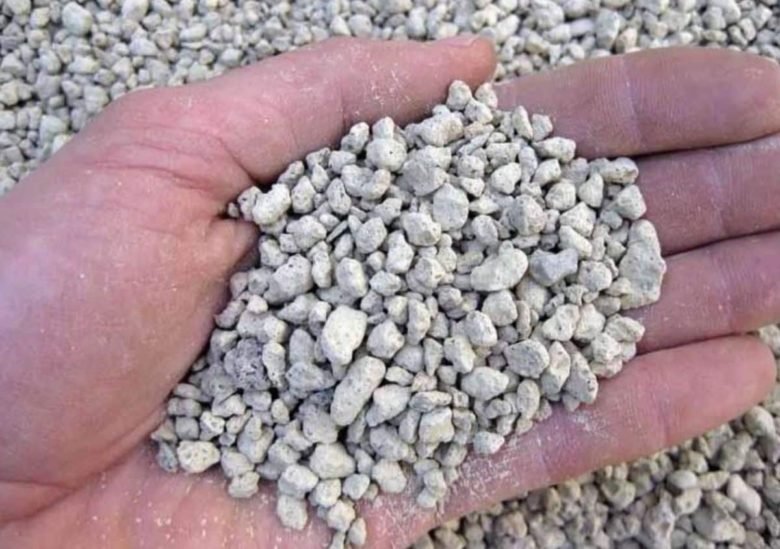
The main use of zeolite in agriculture is to improve characteristics of the terrain. In this case the mineral is used in granular form (like this one)as it is more suitable for use.
There zeolite in granules it remains permanently in the soil, this persistence therefore creates an economic advantage as well, since it only intervenes once. The ground zeolite improves its cation exchange.
Benefits
- improves absorption and retention of fertilizer;
- corrects the pH in the case of acidic soils;
- attenuates the thermal excursions in the soil. It therefore avoids thermal shocks due to curled leaves, cracking of the peel etc;
- in sandy soils it helps to retain water, therefore it reduces the irrigations;
- in clayey soils it improves permeability and avoids water stagnation, which causes fungal diseases such as rot of the collar;
- it fertilizes directly, with the gradual release of mineral salts and elements such as: silicon, phosphorus, potassium, calcium, sodium, iron, magnesium. It therefore helps to prevent phenomena such as the apical rot;
- purifies the soil thanks to the capacity of absorb heavy metals like nickel.
Indications for use
Zeolite greatly improves the soil. In practice, its cationic capacity is exploited, which triggers positive chemical reactions. It is used in the case of very tired and exploited soils, in which it is no longer possible to cultivate healthy products. For dosages, follow the instructions on the label. The best time to amend granular zeolite to the soil is before a long cultivation cycle.
The micronized zeolite
The classic use of zeolite is to improve soil conditions. In recent years, however, especially in organic viticulture, the micronized zeolitethat is, reduced to fine dust (like this one). This is used in agriculture for foliar applications, with the function of invigorating. In other words, the powder improves the natural resistance of plants against fungal pathogens and parasites.
Also in this case, for applications it is advisable to follow the instructions on the label to the letter.
A further trick is to use for vaporization on vegetation pumps with brass tips (similar to these). It is in fact better to avoid plastic tips, as the dust can clog them easily.
But let’s see how micronized zeolite works to protect plants from fungi and insects.
Use as a natural fungicide
The micronized zeolite mixed with water becomes a wettable powder. Applied on the leaves, it creates a thin protective patina, which makes the attack of fungal pathogens more difficult. It is a cover product, to be used in prevention, and which can be washed away by rains. For this reason, it is useless if the disease is already in progress. Furthermore, in case of rain, the foliar wetting must be repeated. The positive aspect of the washout is that the product then ends up on the earth bringing benefits, unlike the classic fungicides, such as Bordeaux mixture and other copper-based products.
Vine and vegetables
Excellent results were obtained on the vine plantagainst diseases such as: botrytis or gray mold, downy mildew And powdery mildew. However, if the use of this mineral is already a reality in viticulture, it is less so in horticulture, but in our opinion only because it is still a little known product. In fact, micronized zeolite can also be used on vegetable plants for the prevention of diseases.
After the pruning of the orchards
Another use is that after the operations of pruning of fruit trees. In this case the zeolite helps to heal the cut wounds, pathogens entry route.
Use as a pesticide
The antiparasitic function of micronized zeolite is expressed in two ways. The patina that the mineral creates on the plant confuses the visual receptors of the parasites, which therefore attack the crops treated with the powder less. In addition, this patina itself is abrasive, so it hinders the position of the eggs. The action is very similar to that already seen in the kaolin. The insects on which his action is proven are there fruit fly and the olive flytwo of the most common parasites.
Recently, interesting tests of the effectiveness of powdered zeolite have been conducted on some Italian hazelnutsto fight the plague of Asian bedbug. Field tests with chabasite zeolite have shown a strong disturbing action against the juvenile forms of Halyomorpha halys.
It is good to repeat the treatments in case of rain.
Toxicity
This mineral is not a pesticide, therefore it is neither toxic to humans nor to the environment and has no shortage times. Just think that some formulations are also for human use and are great as supplements, detoxifiers, or to counteract allergies, such as nickel.

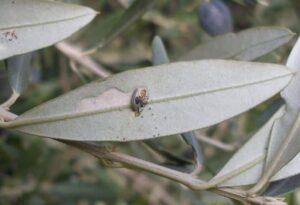
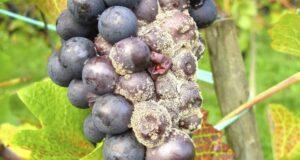

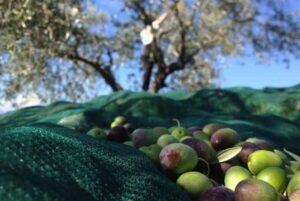
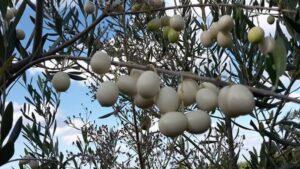
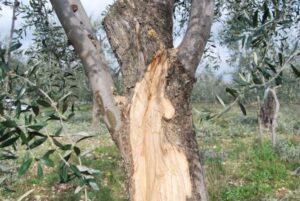
Start a new Thread